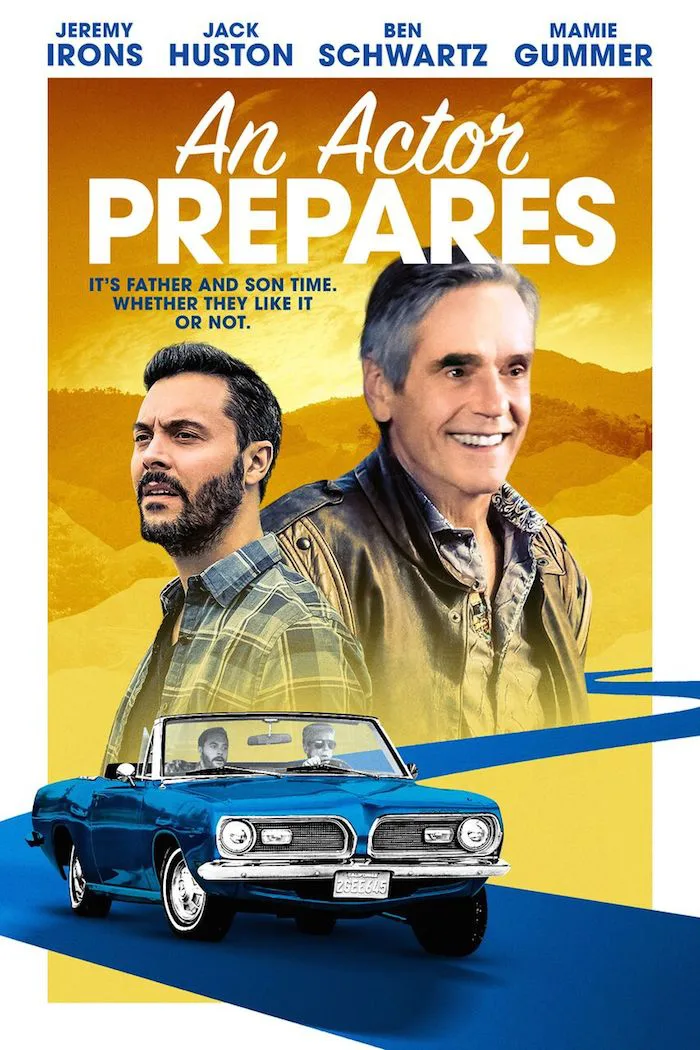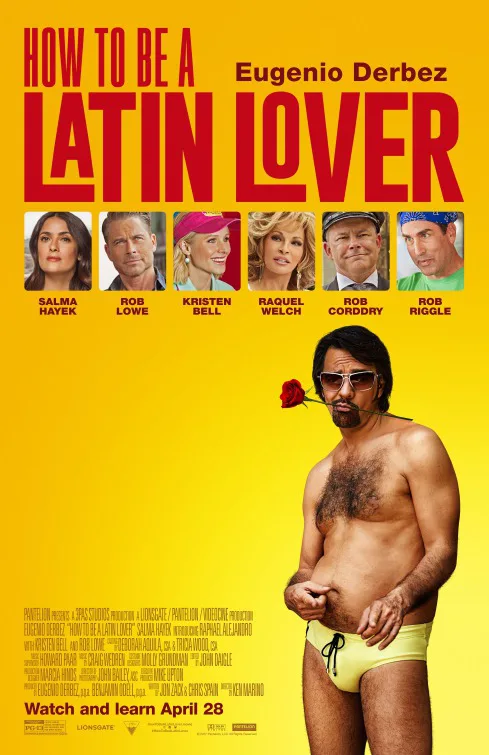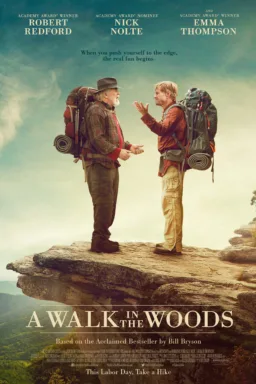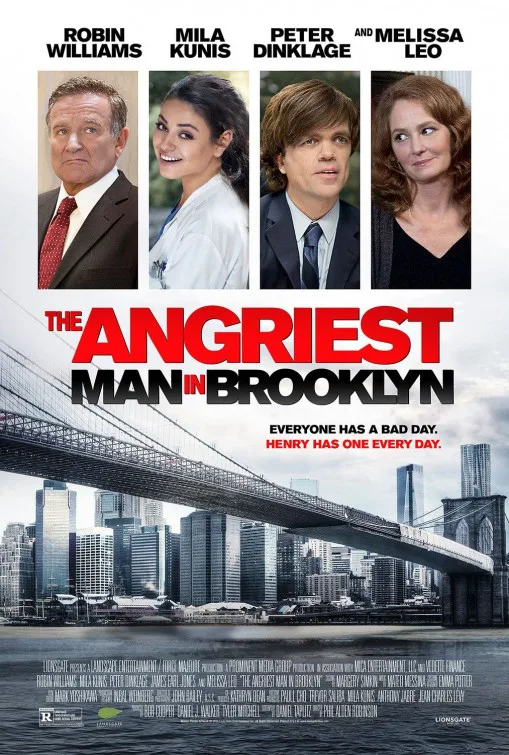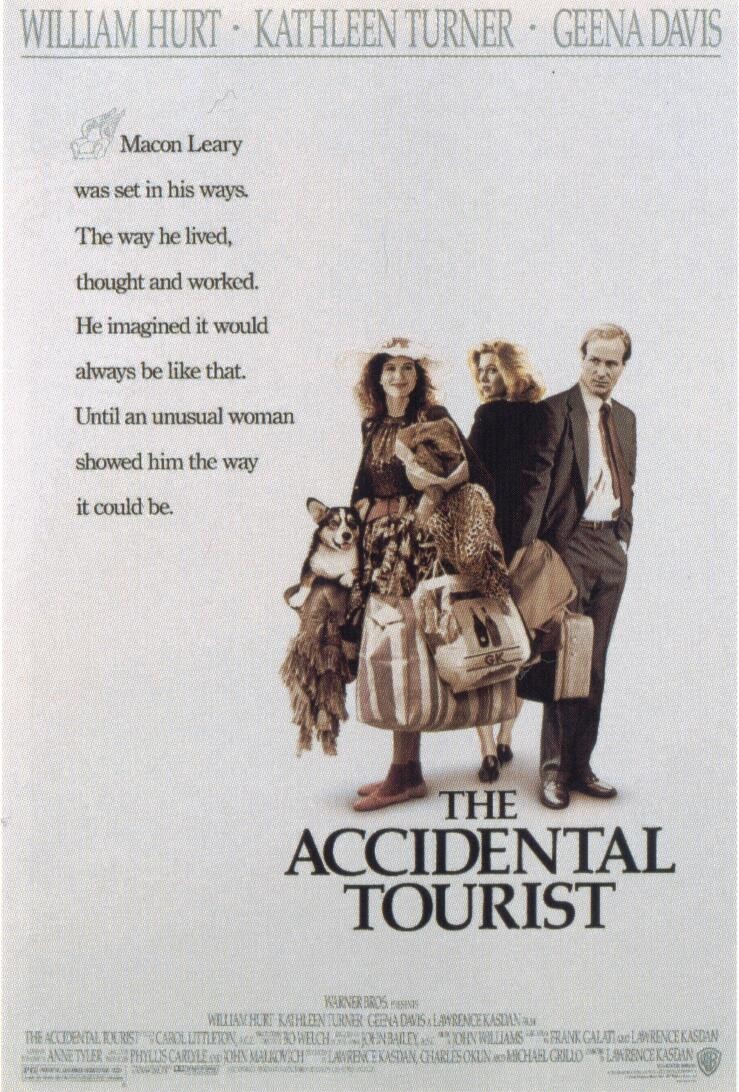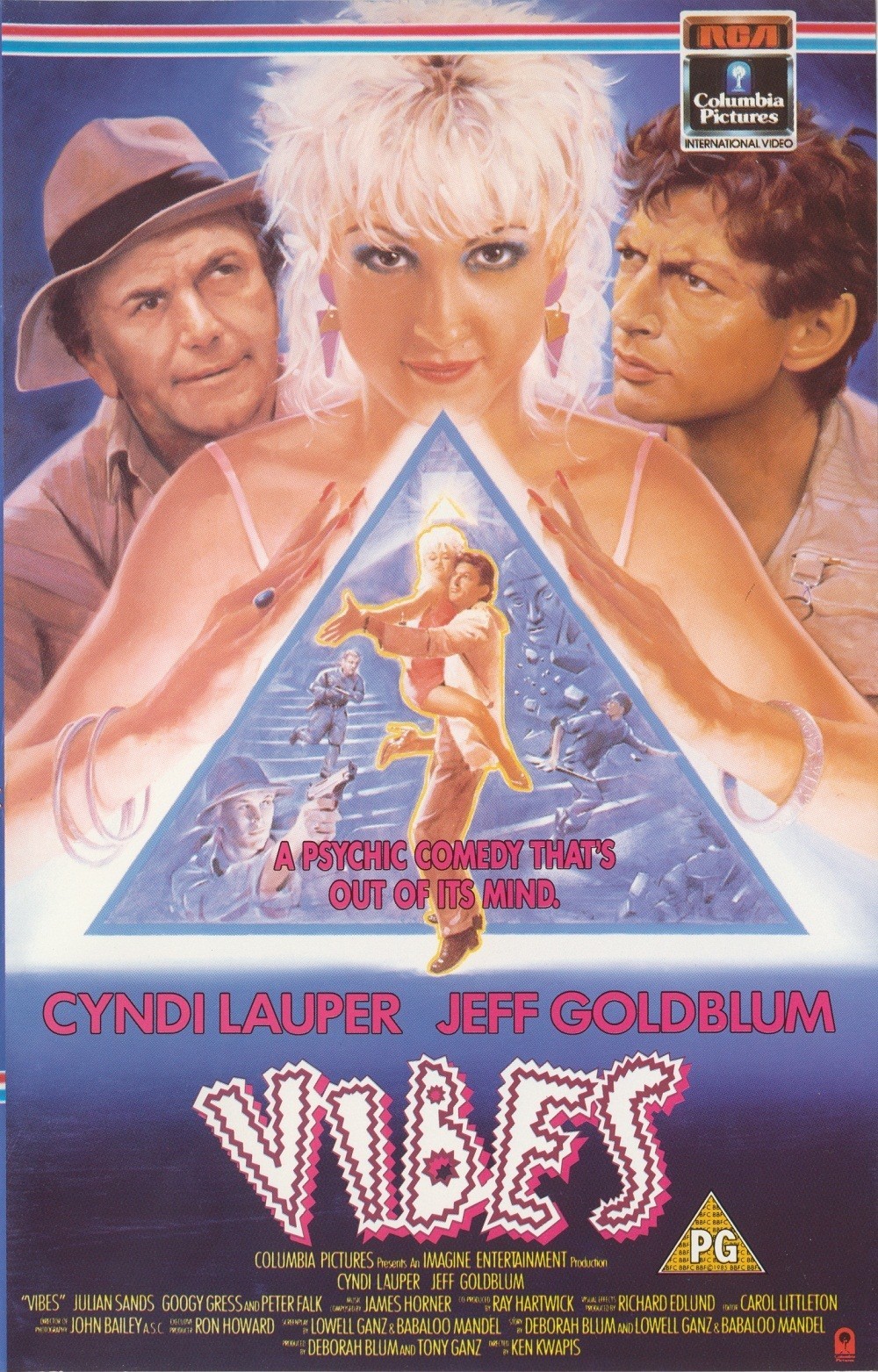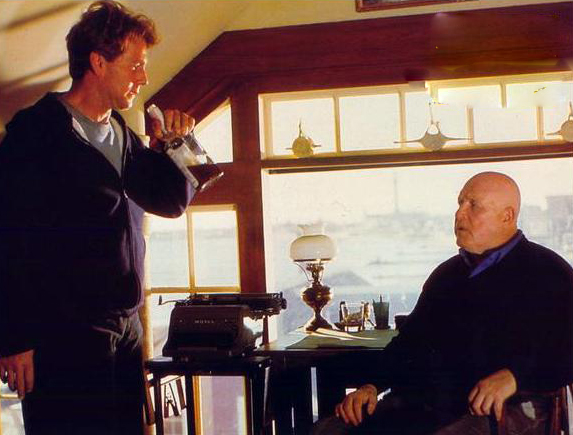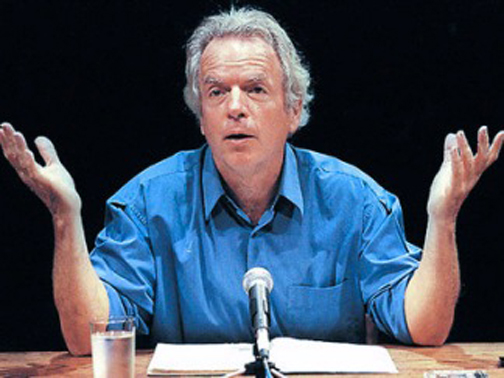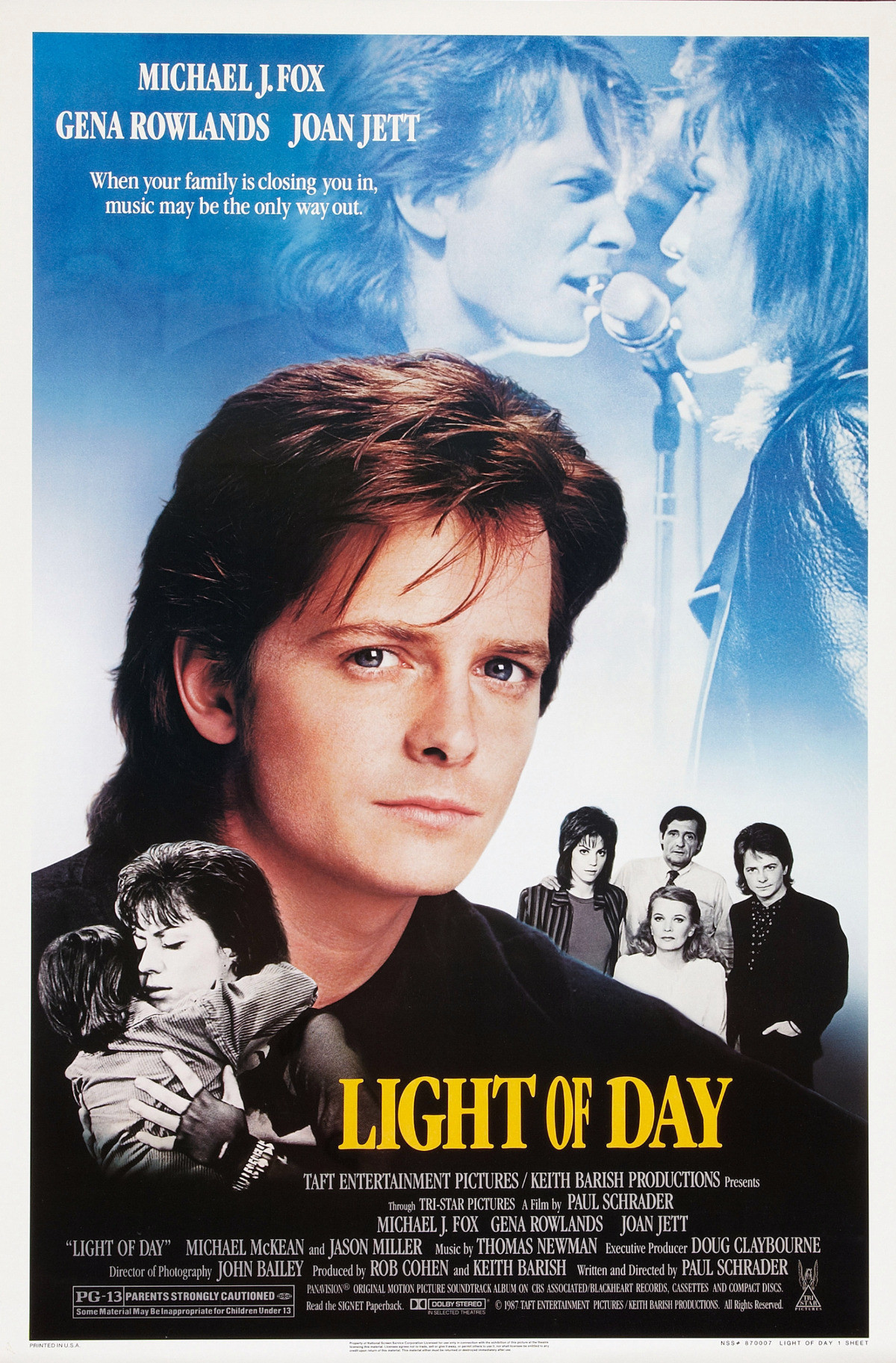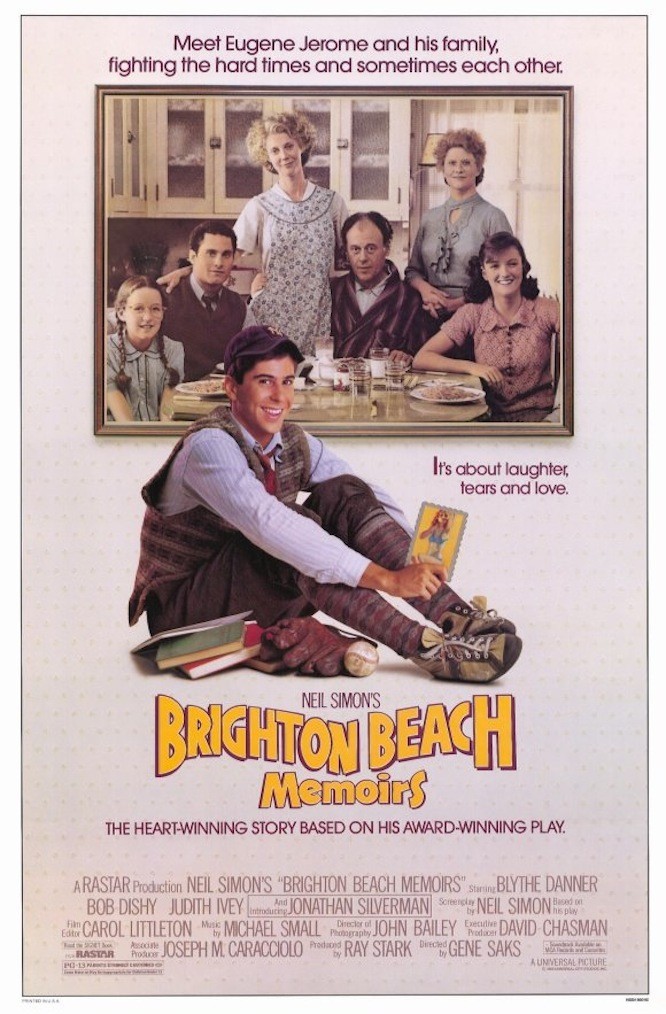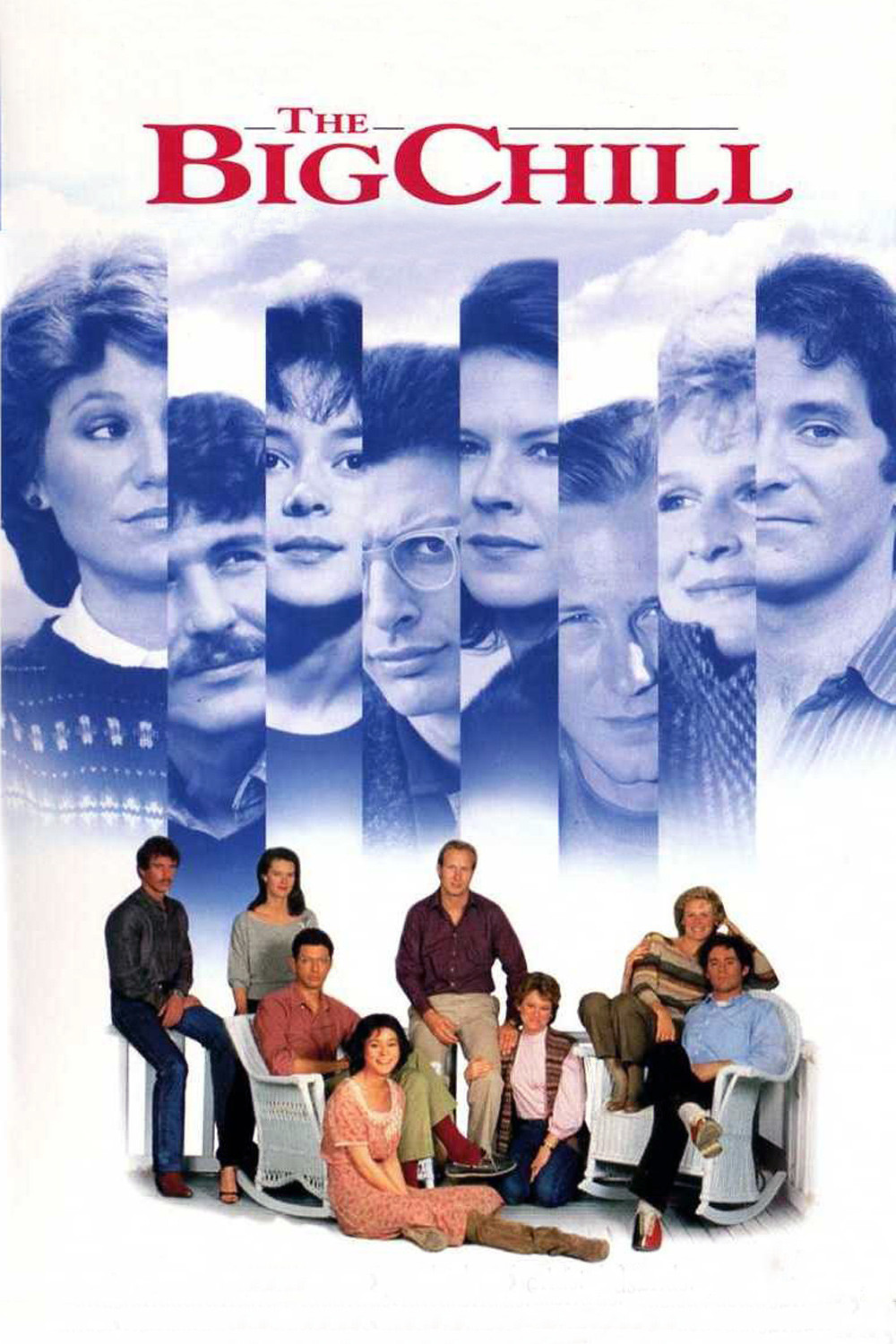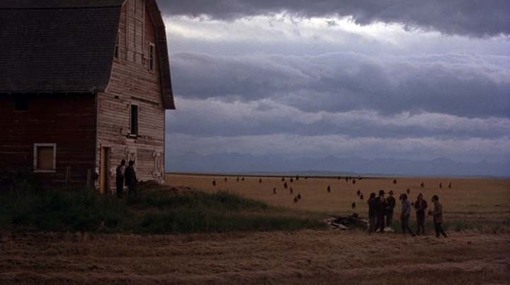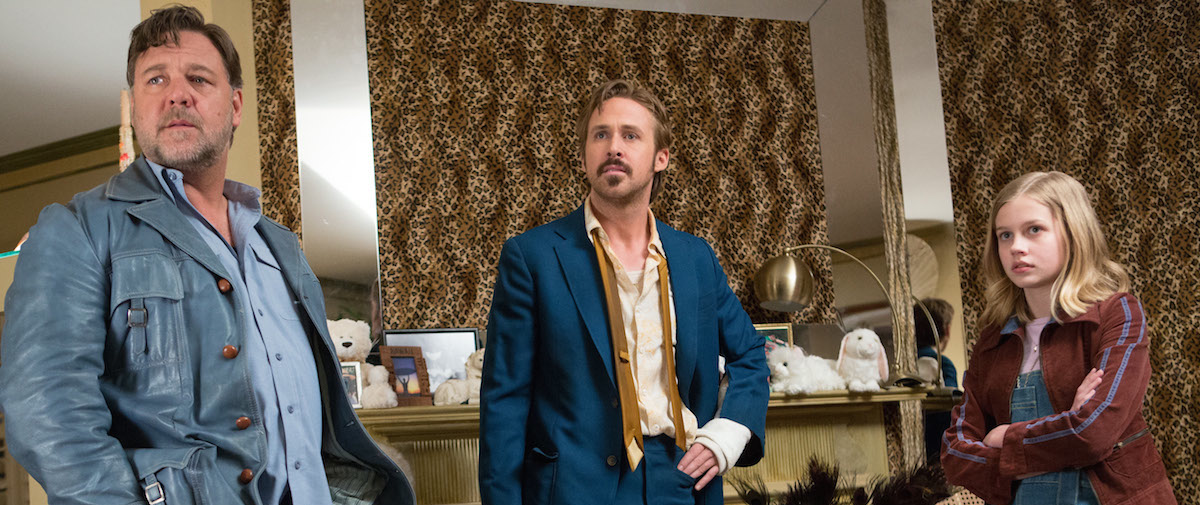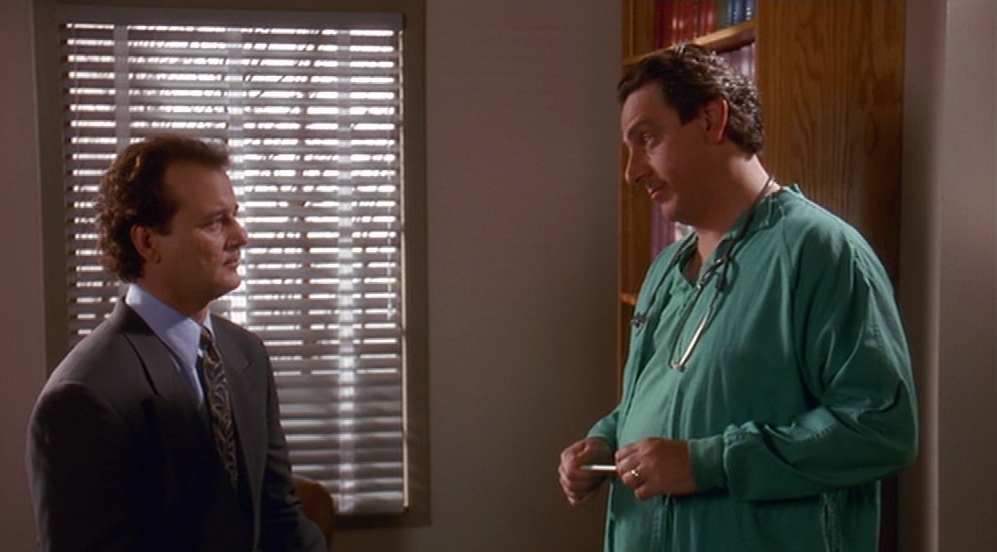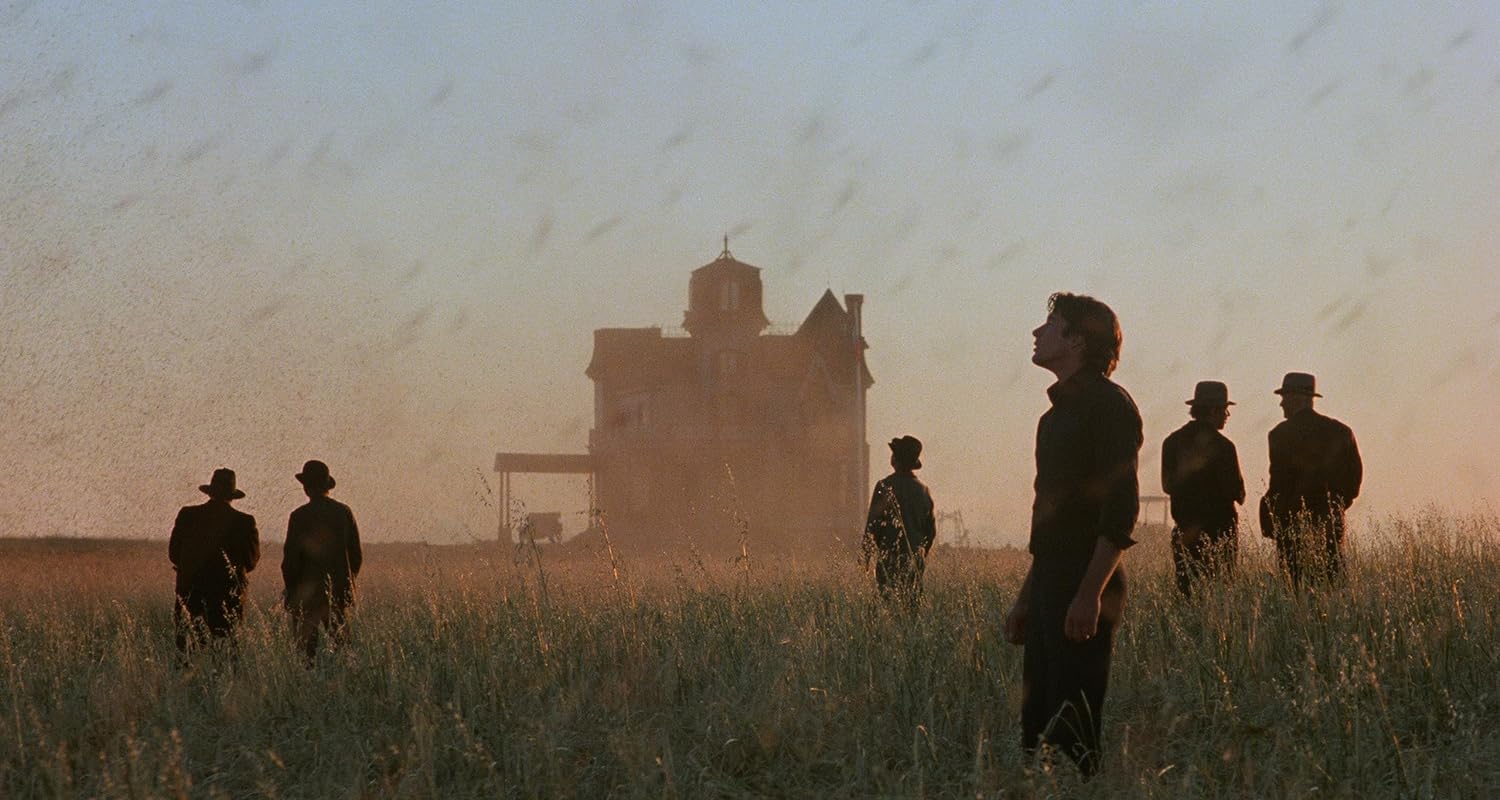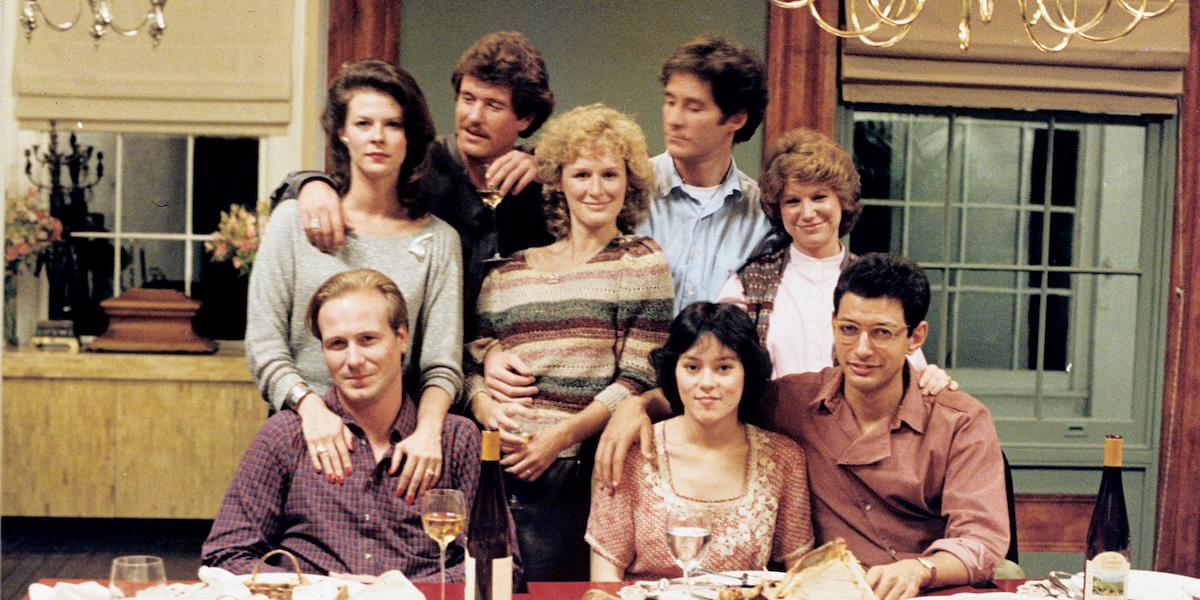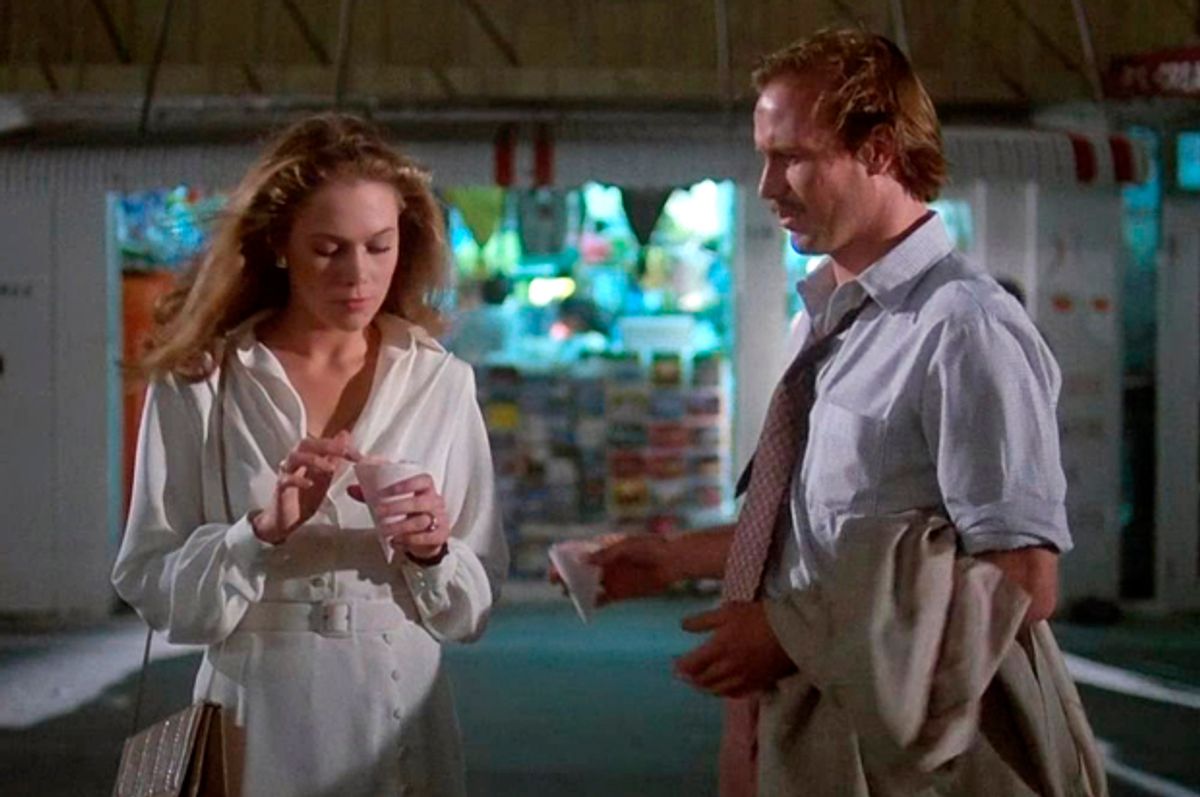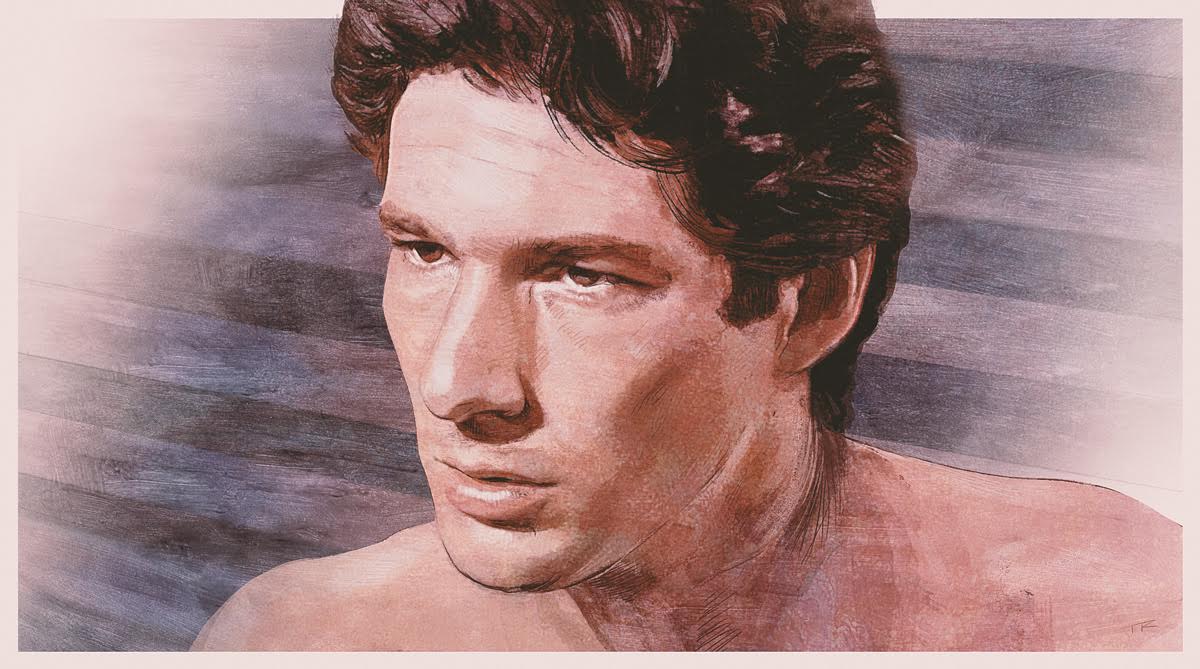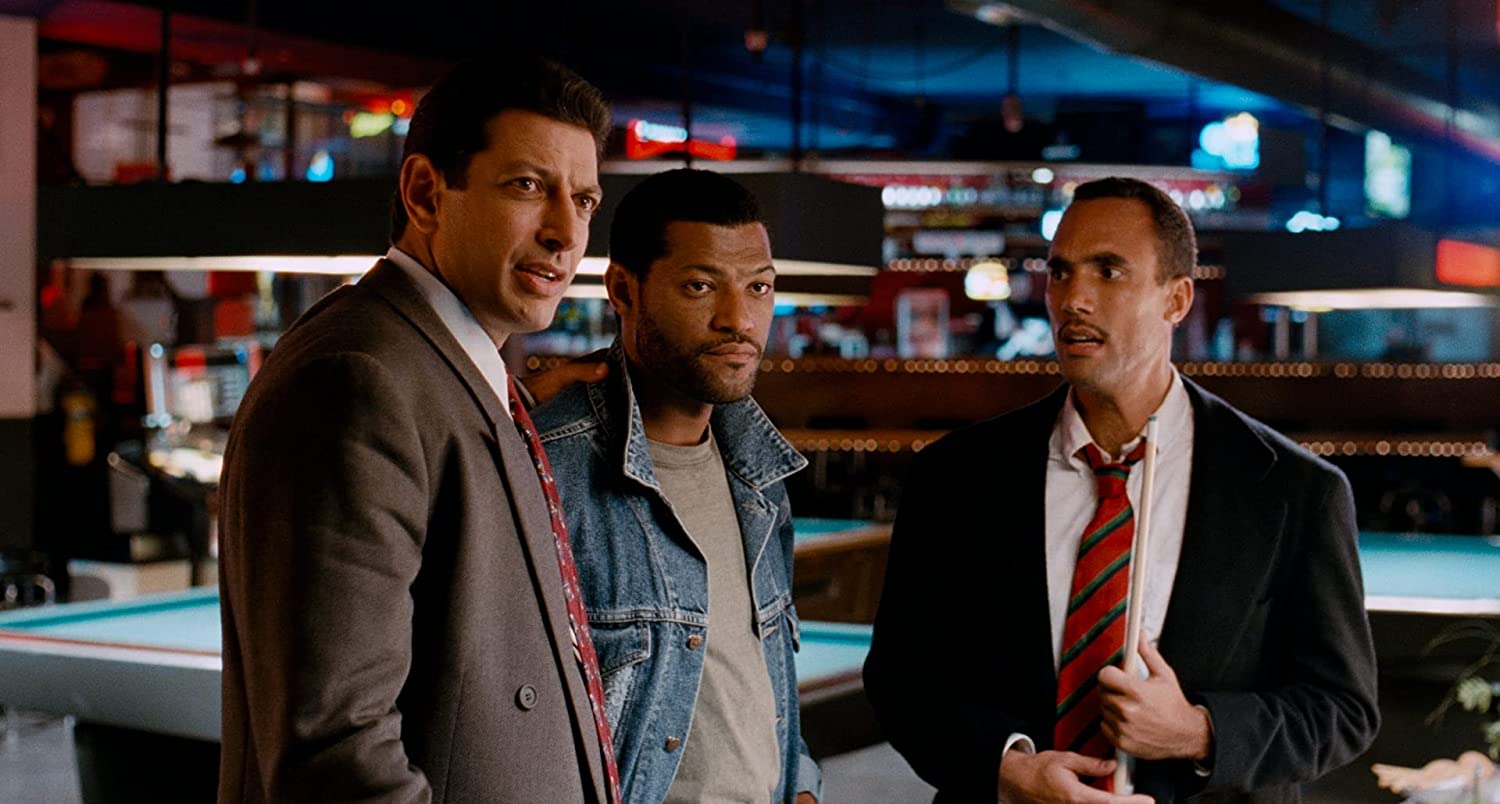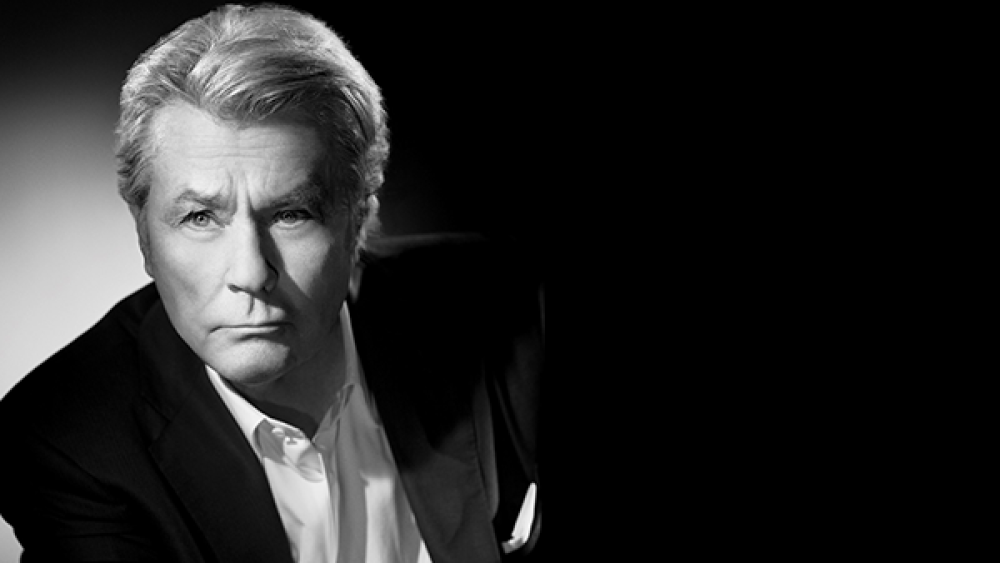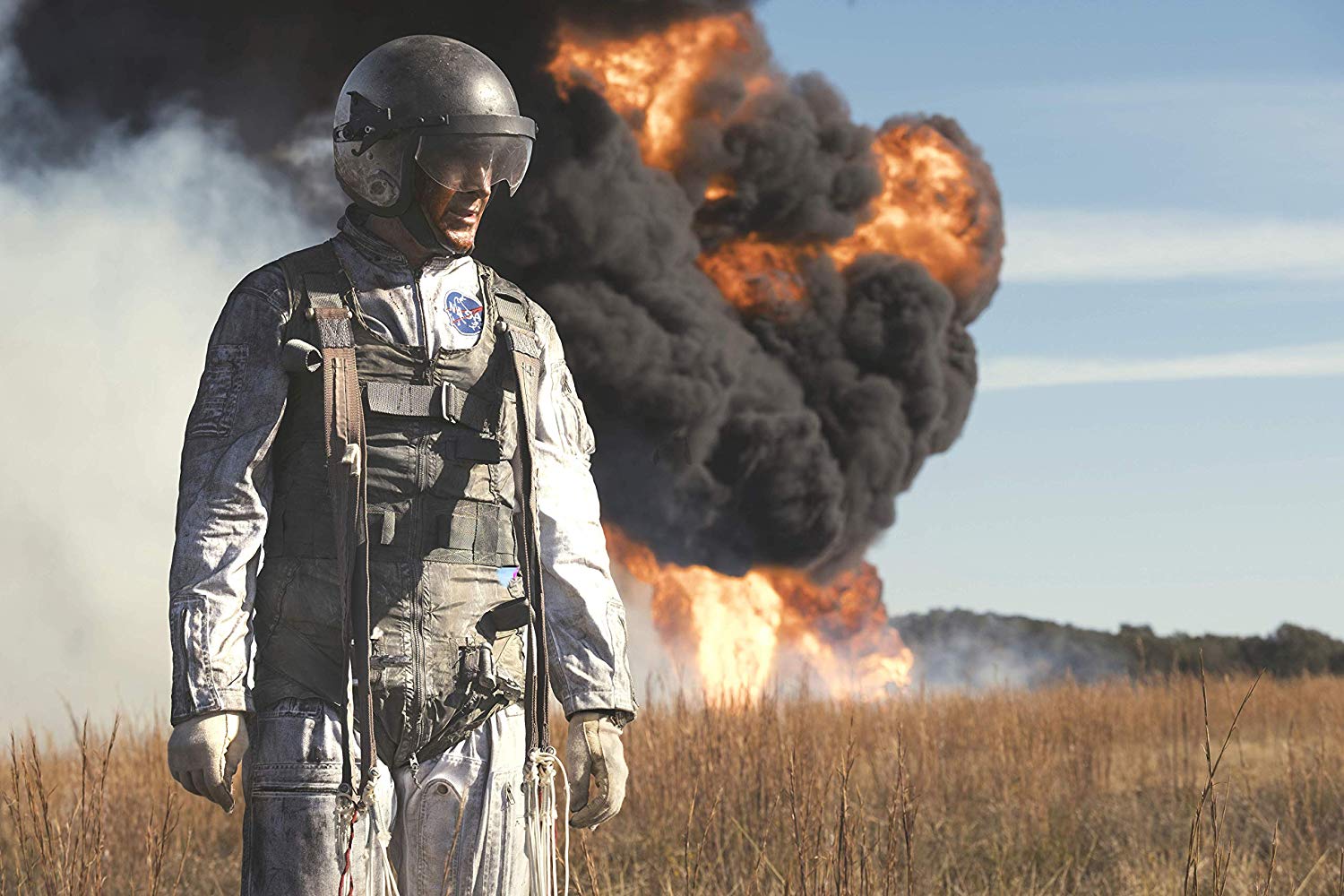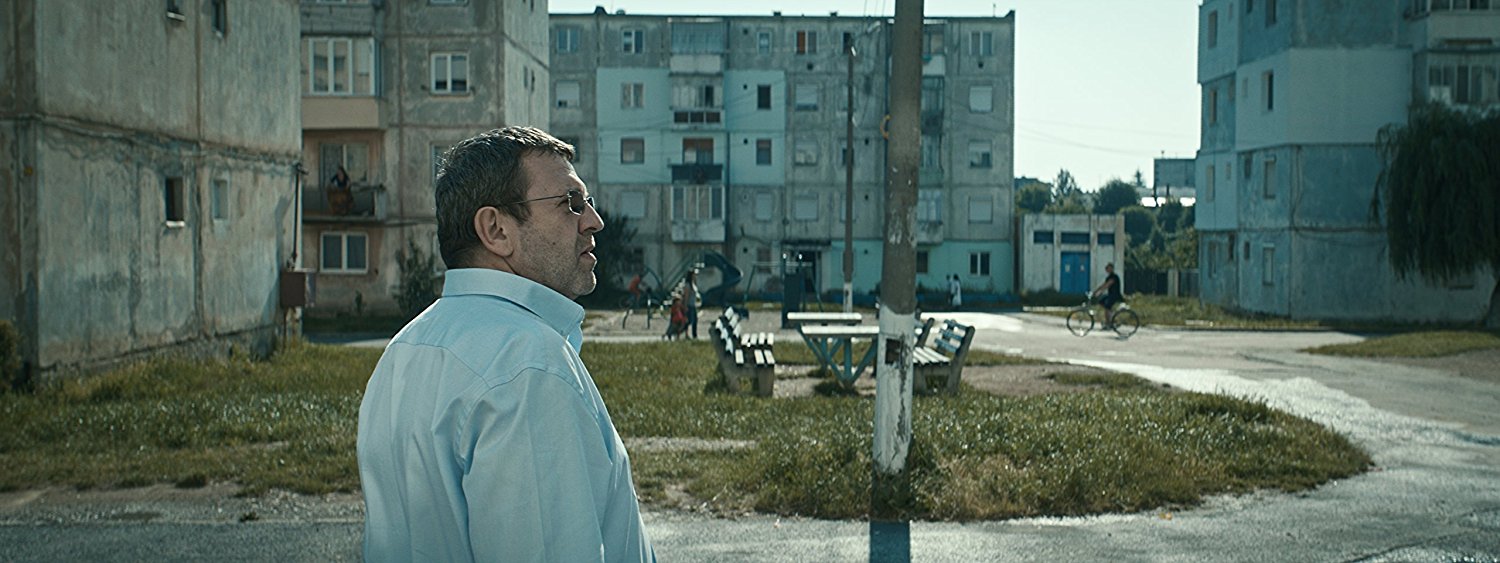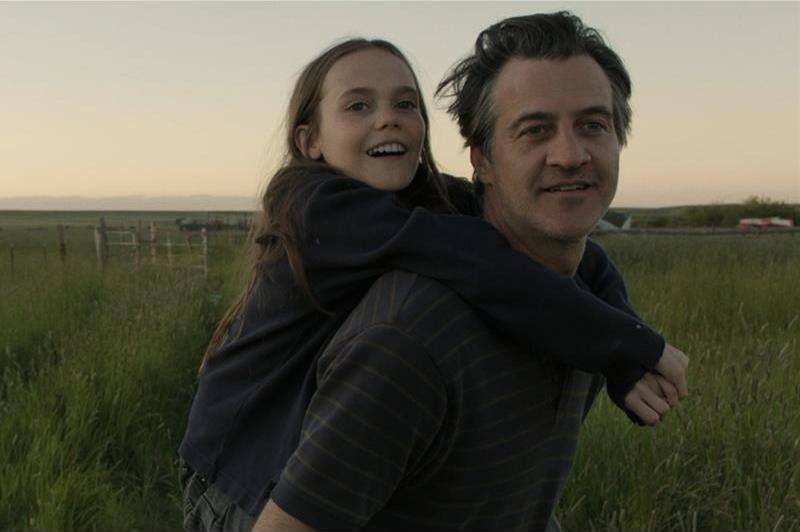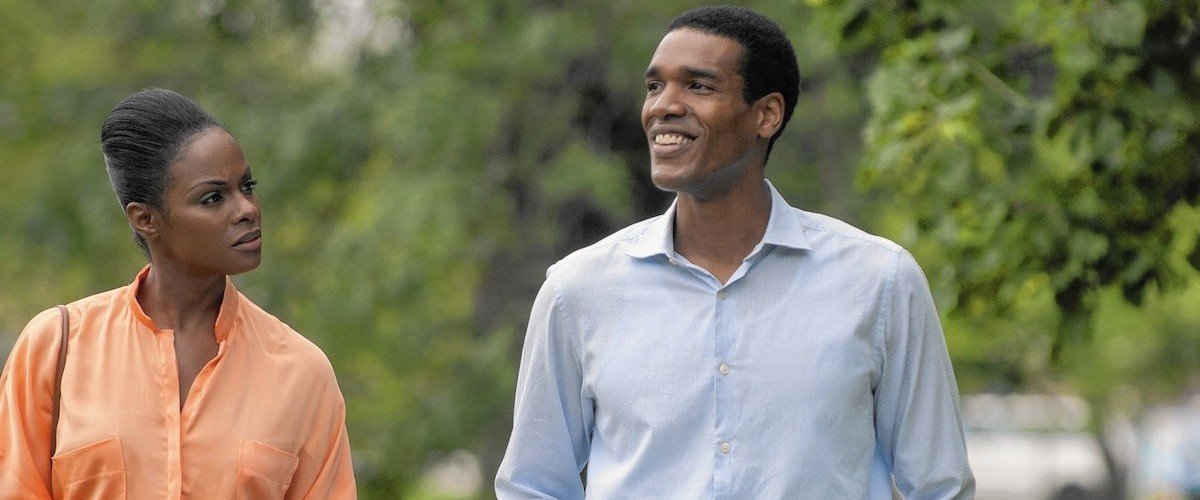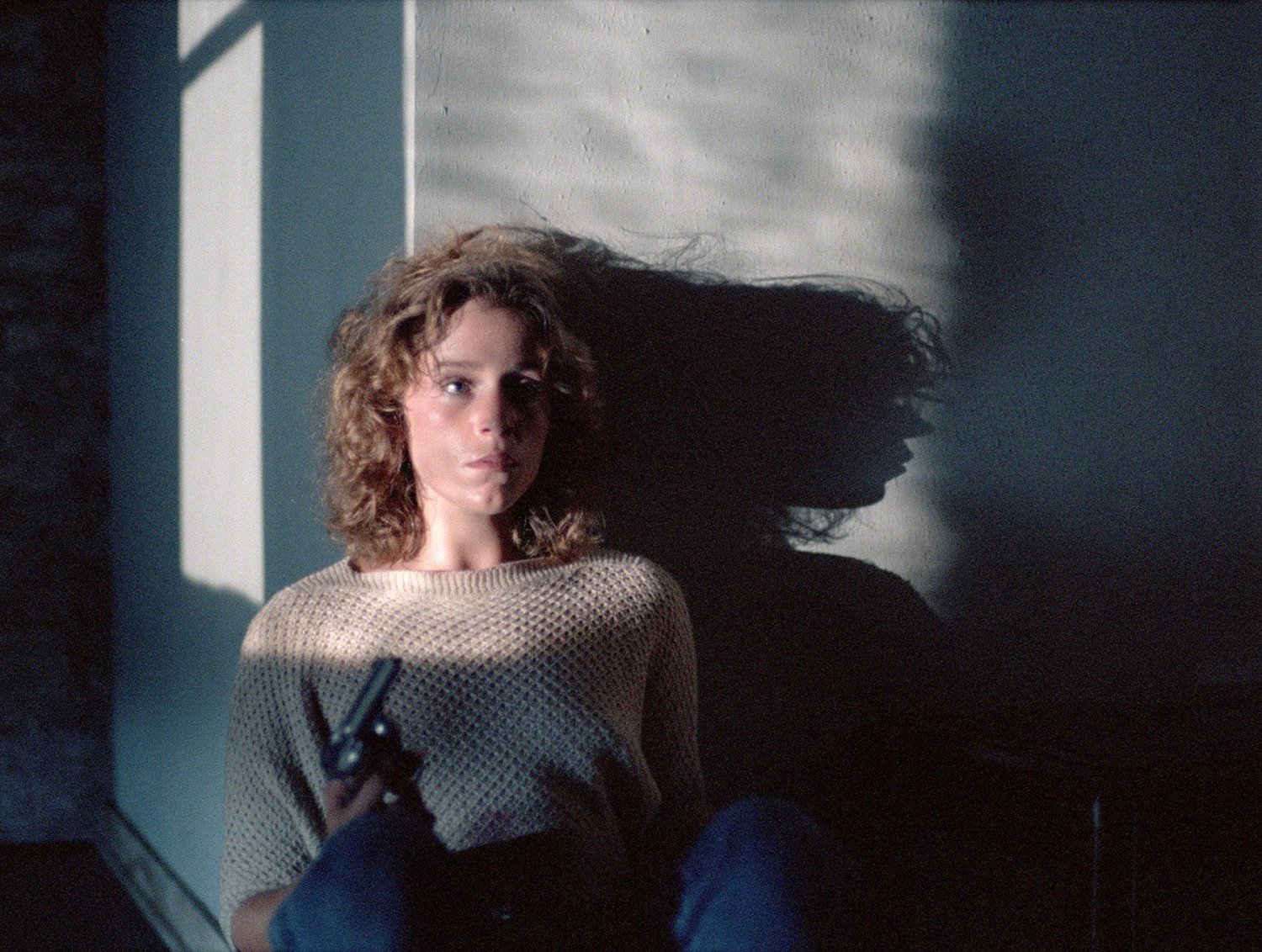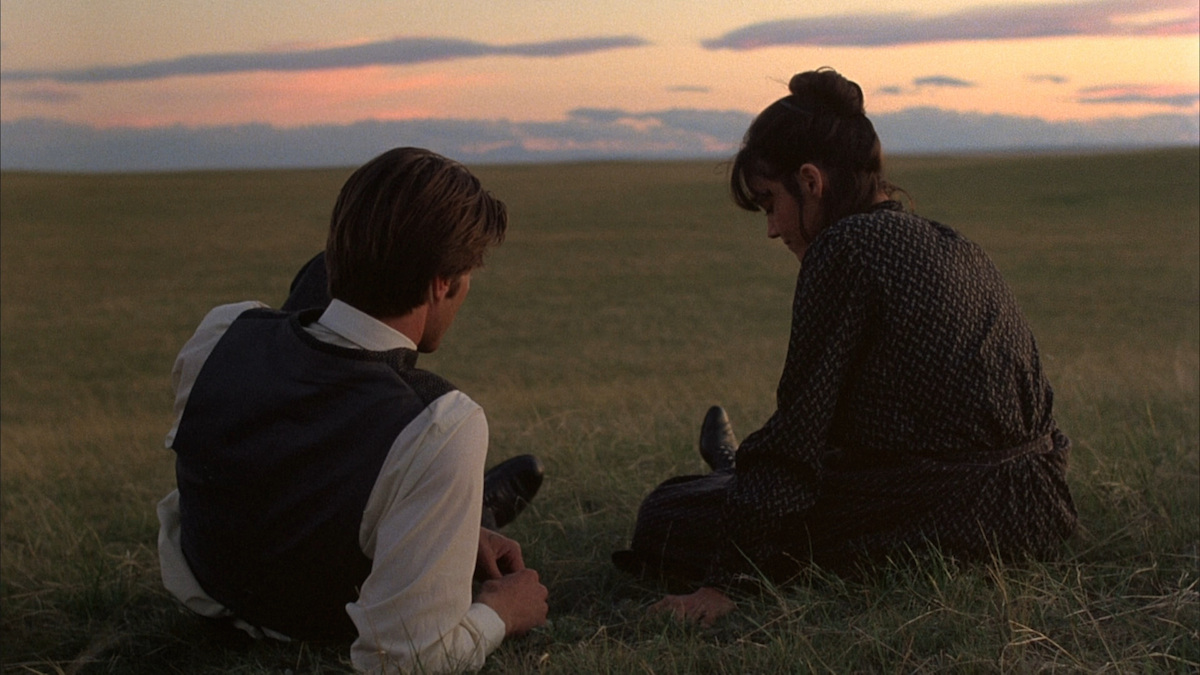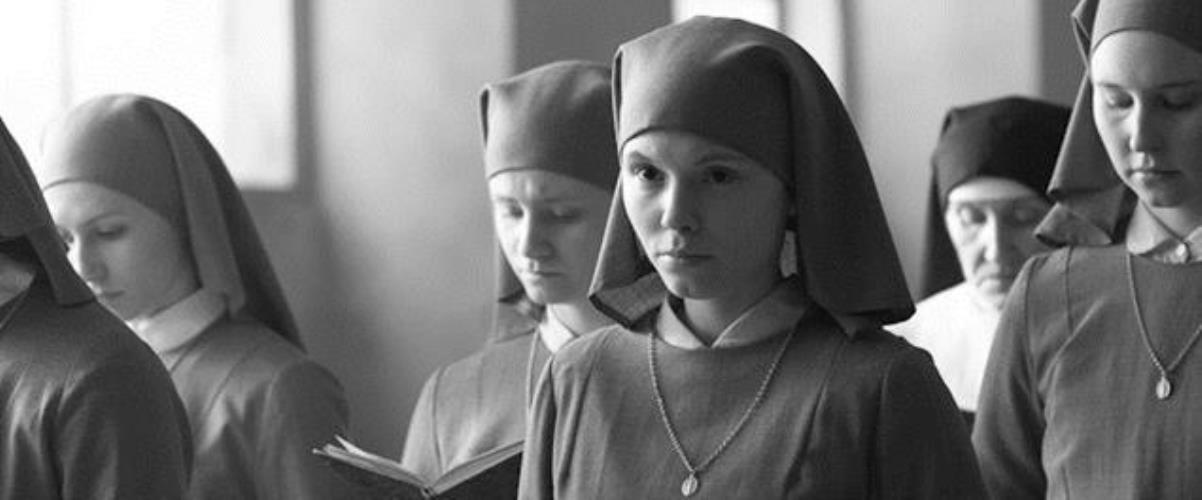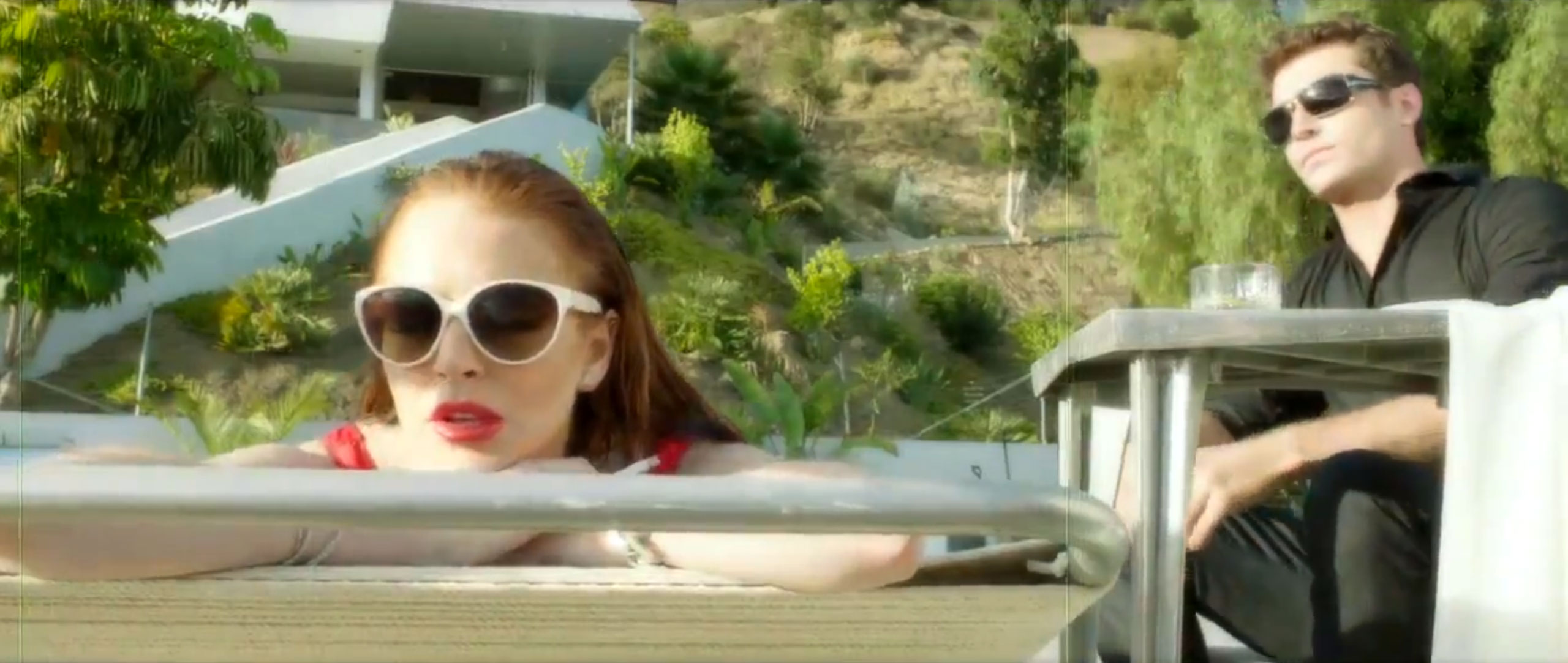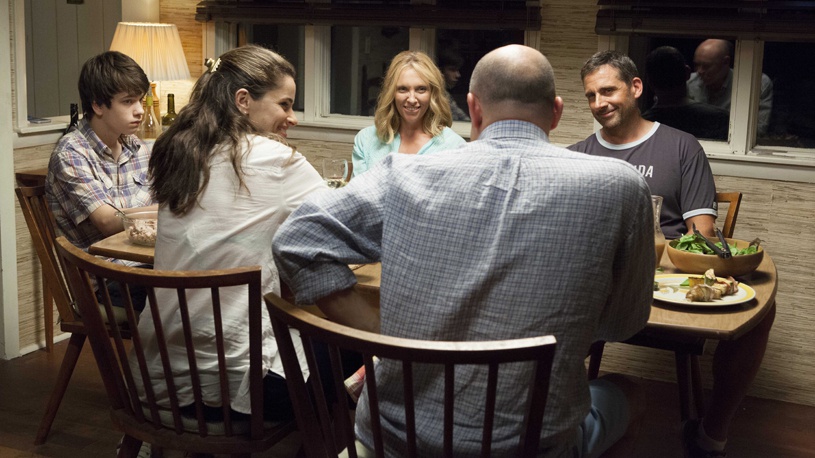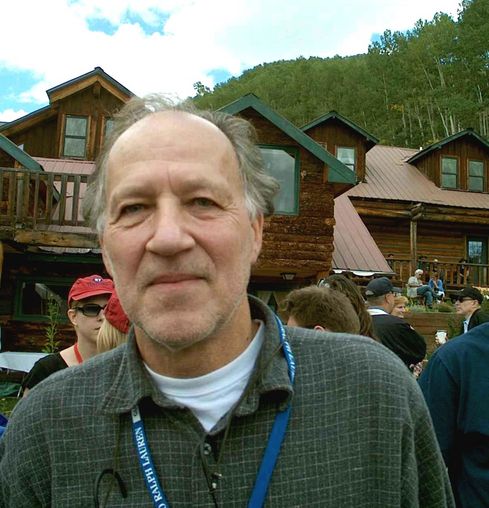John Bailey Movie Reviews
Blog Posts That Mention John Bailey
Days of Heaven: “Somewhere, I don’t know, over there…”
Jim Emerson
June 2025 Blu-Ray/Streaming Guide: “Drop,” “The Nice Guys,” “Dark City,” More
Brian Tallerico
The Perfection of the Human Soul: The Cast of Groundhog Day Celebrates Harold Ramis
Matt Fagerholm
Home Entertainment Guide: December 2023
Brian Tallerico
It’s OK, Boomer: The Big Chill Turns 40
Brandon David Wilson
30 Minutes On: Body Heat
Matt Zoller Seitz
Bright Wall/Dark Room July 2021: You Were Frameable: American Gigolo and Richard Gere’s Mirrored Sex Appeal by Elizabeth Cantwell
The Editors
Home Entertainment Guide: July 2021
Brian Tallerico
Home Entertainment Guide: December 12, 2019
Brian Tallerico
Honoring Alain Delon in Cannes Was The Right Thing To Do, Here’s Why
Lisa Nesselson
Home Entertainment Consumer Guide: January 24, 2018
Brian Tallerico
Oscars Chase Ratings at Expense of Integrity
Jeremy Fassler
Home Entertainment Consumer Guide: May 24, 2018
Brian Tallerico
Better Than the Oscars?
Chaz Ebert
Charles Burnett, Agnès Varda, Owen Roizman and Donald Sutherland to Receive Governors Awards
The Editors
Thumbnails 4/18/17
Matt Fagerholm
Home Entertainment Consumer Guide: December 15, 2016
Brian Tallerico
Home Entertainment Consumer Guide: September 22, 2016
Brian Tallerico
It’s Real: A Few Words with Haskell Wexler
Matt Zoller Seitz
Home Entertainment Consumer Guide: November 22, 2015
Brian Tallerico
Home Entertainment Consumer Guide: September 25, 2014
Brian Tallerico
Paul Schrader: Porn Again?
Bruce Fretts
Nat Faxon and Jim Rash talk about “The Way, Way Back”
Nell Minow
The great ecstasy of the sculptor Herzog
Roger Ebert
Off to a sublime start
Roger Ebert
Director sings praises of digital
Roger Ebert
Cannes all winners
Roger Ebert
Popular Reviews

The best movie reviews, in your inbox
